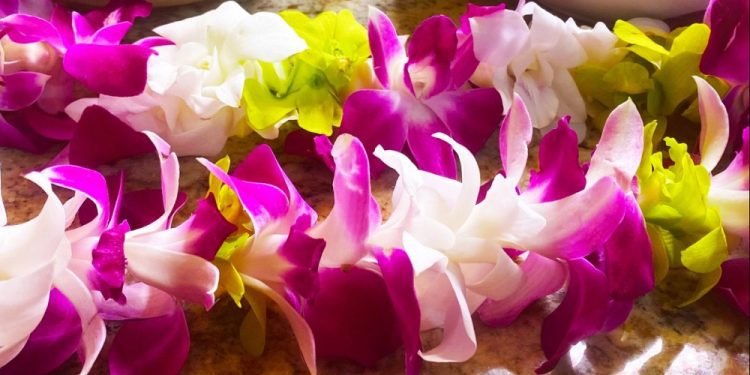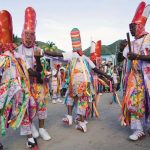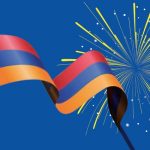
Lei Day
Lei Day is a holiday that falls on May 1st every year, and its celebrations continue to the following day. It’s a holiday that has been observed for over nine decades, and ever since its founding, celebrations associated with it have steadily increased each year. For local Hawaiians or anyone who’s a big fan of Hawaiian culture and history, this is a holiday they’re probably going to want to celebrate. It’s a great day for each person to allow the Aloha Spirit in them to blossom into fruition.
The History of Lei Day
This holiday can be traced back to 1927 when Poet Laureate Don Blanding decided that the Hawaiian Islands should have their very own day to recognize and celebrate the custom of giving and receiving leis. He was working at the Honolulu Star-Bulletin and decided to share the idea with Grace Tower Warren—a columnist who penned the Kamaaina Kolumn in the paper.
She liked the idea and suggested that it should probably fall on May 1st, or May Day. This would allow the phrase “May Day is Lei Day” to be coined. Not long after, the idea caught fire, and people were ready for Lei Day. On May 1, 1928, the first Lei Day celebration was observed at the Bank of Hawaii in downtown Honolulu.
The following year, in 1929, Lei Day was officially proclaimed by then-Governor Wallace R. Farrington. It was a day that was meant to be observed by islanders and everyone who considers themselves a true friend of Hawaii. It was created as a celebration day and not as a public holiday.
A Little Bit More About Leis
Since leis are an integral part of Lei Day, we thought that we’d take the time to talk about them a little bit. What most people don’t realize is that each island is represented by a specific type of lei. Let’s take a look at each of the leis used for each of the islands, shall we?
- Hawaii Island: Ohia Lehua (Red)
- Kahoolawe: Hinahina (Silver or Grey)
- Niihau: Niihau Shells (White)
- Maui: Lokelani (Pink)
- Molokai: Kukui (Green)
- Oahu: Ilima (Gold or Yellow)
- Lanai: Kaunaoa (Orange)
- Kauai: Mokihana (Purple)
A Bit About Lei Etiquette
Now that we know what types of leis are associated with which islands, let’s talk about the etiquette for wearing leis. For the most part, the following are unspoken rules, but we think non-locals should be aware of them so they don’t make a cultural faux pas.
- A person should never refuse a lei. They are a symbol of the Aloha Spirit and affection.
- If you must remove a lei for some reason, do it discreetly.
- The proper way to wear a lei is to allow it to drape over the shoulders.
- Don’t throw away the leis.
Facts About Hawaii
As we dug into the nuts and bolts of this holiday, we came across some very interesting facts about Hawaii. Facts that we think everyone can appreciate. So, let’s dig into these facts so that we all can learn about these fascinating islands.
- On February 14, 1779, Captain James Cook was killed at Kealakekua Bay on Hawaii Island.
- English and Hawaiian are the official languages of Hawaii.
- Hawaii is about 2,400 miles from the mainland United States.
- The state flower of Hawaii is the Yellow Hibiscus (Pua Mao Hau Hele).
- The state bird of Hawaii is the Nene (Branta sandvicensis).
- Movies filmed in Hawaii include “From Here to Eternity” (1953), “South Pacific” (1958), and “The Descendants” (2011).
- Celebrities born in Hawaii include former U.S. President Barack Obama, vocalist Bruno Mars, Bette Midler, Timothy Olyphant, and Nicole Kidman.
- The name of the island of Kilauea means “spewing.”
- Hawaii is actually made up of 132 islands.
- The Big 8 Hawaiian islands include Oahu, Maui, Kauai, Big Island, Molokai, Lanai, Niihau, and Kahoolawe.
- Hawaii became the 50th U.S. state on August 20, 1959.
- In 1993, the U.S. government officially apologized for overthrowing Hawaii’s monarchy.
Observing Lei Day
Lei Day is observed on the Hawaiian Islands with hula shows, concerts, native music celebrations, craft exhibitions, and lessons in Hawaiian crafts (lei making, hula dancing, lauhala weaving, and Hawaiian songs).
It’s also a day on which people wear brightly colored shirts and dresses adorned with floral prints, all while they’re wearing their leis. Many of the islands organize their own Lei Day events and parades. Schools will also get their students to participate in this day by having them crown Lei Day kings and queens, representing each of the different islands.
Official ceremonies take place the day after Lei Day; the leis from the festivities are placed on the tombs of Hawaiian royalty and on King Lunalilo’s tomb at Kawaiahao Church. This church is located in Honolulu. People can use #LeiDay on their social media accounts to spread the word about this holiday to their friends and family.








